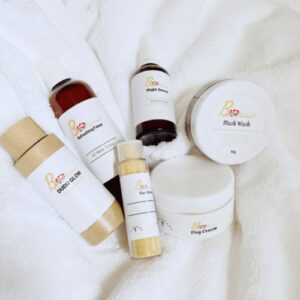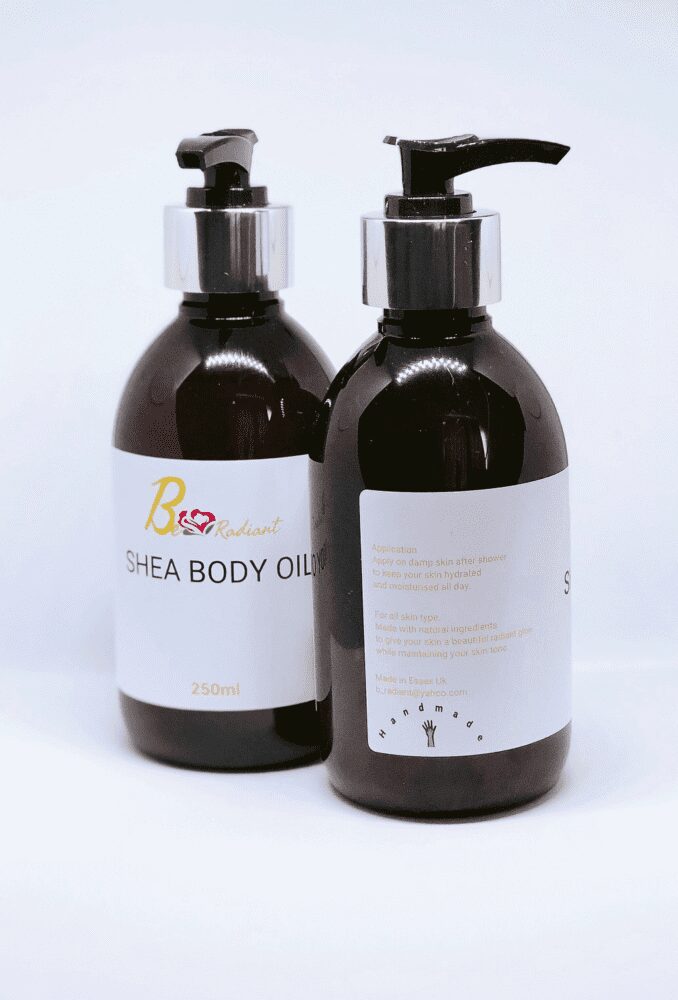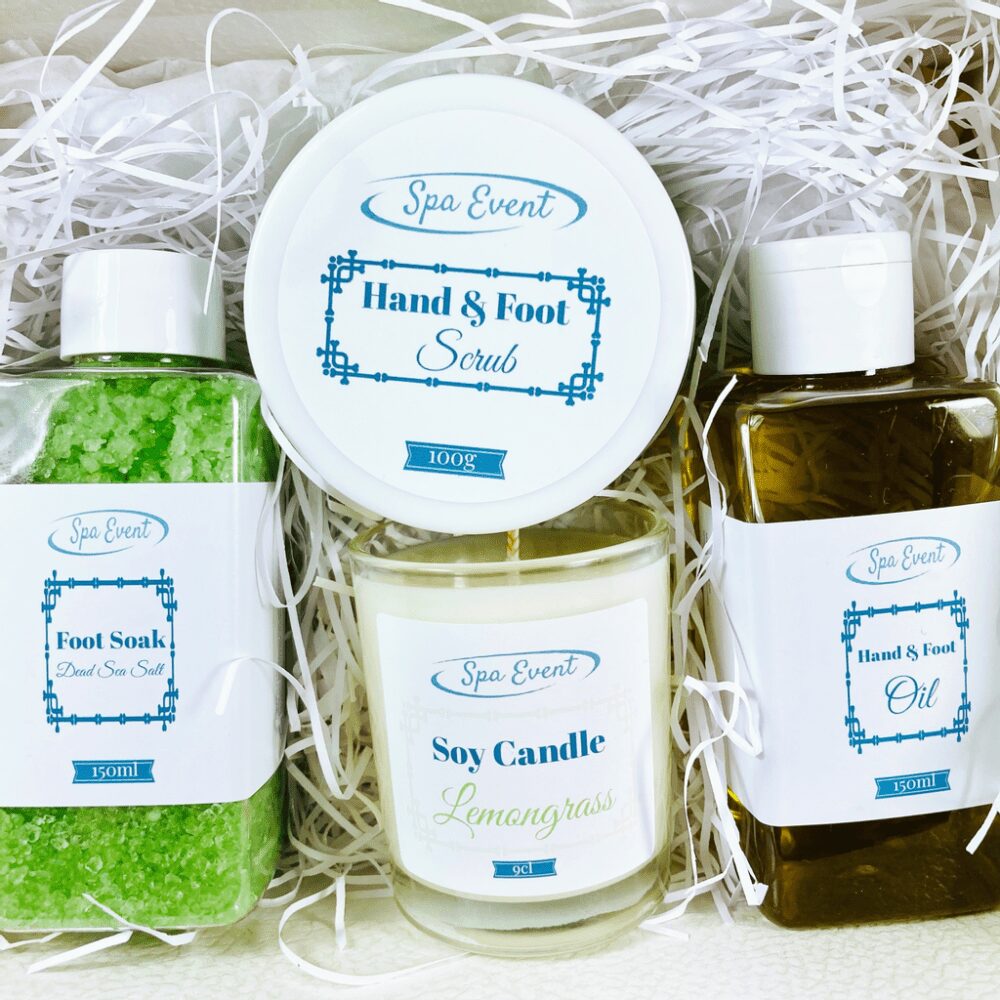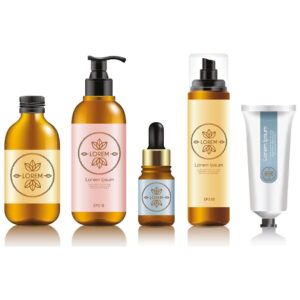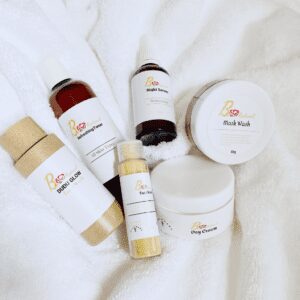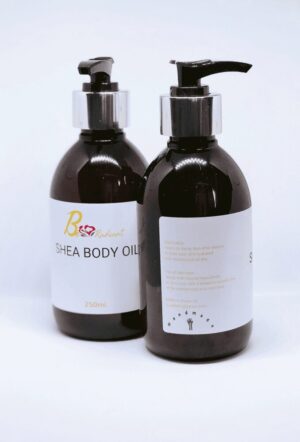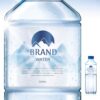All our adhesive materials can be cut into various shapes. Choose from our standard shapes or supply us with a custom cutting file. On all our product pages, you'll find the option to choose your shape and size. Below is just a guide.
Make Your Own Cosmetic Labels
Stickythings Limited are a major label supplier to the cosmetic & beauty industries across Europe.
Cosmetics Labels
With years of experience, Stickythings Limited can supply your business with high quality cosmetic labels suitable for balms, oils, moisturisers, foundations, lotions, soaps, hand-creams and alike.
Materiels for cosmetic labels
We can offer you many types of materials for your cosmetics. From this page you can order our most popular white or clear vinyl materials suitable for cosmetic containers. We also produce a range of metallic materials and also fluorescents as well as speciality domed labels and frosted etch labels. They can also be used as cosmetic labels.
We can print your cosmetic labels in full colour plus, plus a white under-base ink if being printed onto a clear material. We can also print them in just white ink if thats your desired style.
Container labels
No matter what size or shape your container is we can produce a label to stick onto it. We can custom cut any design you desire using a digital kiss cutting process. All the labels will come on easy peel sheets making it a perfect solution for creating that next batch of products.
With no minimum order we can get you started right away for minimum fuss and costs.
To order your labels, simply fill in the options above and select how to supply your artwork. You can either upload a file or design them directly online using our dedicated label designer.
Material
Material Description

Choosing the correct material
Choosing your material for your cosmetic products can be quite daunting given the amount of options. This is why we setup this page, to help you get a fantastic product.
You can be assured that the materials we offer will work with your cosmetic packaging and containers. Our permanent adhesive materials will stick most plastics using in the cosmetic industry. The printing will not smudge or scratch (see chemical guidelines below) under normal handling and shipping conditions.
We can offer you either a clear or white material which can be printed on in full colour. Be sure to make your text in your warning a readable size and that you have the required warnings and symbols in place. We can also offer other materials that will also work as cosmetic labels, so please have a browse of the website if you’re looking for something slightly different.
Chemical guidance
Please be advised that some chemicals such as acetone and high content alcohol based products will cause the print on the label to spoil. If you have these types of chemicals in your products or any products that get used along with yours, you will want our laminated labels for that added protection.
Adhesives

Our cosmetic product labels come with a permanent adhesive, suitable to stick to nearly all cosmetic containers.
Specifications
Clear Labels
Detail Specification Face Film Calendered PVC Guage 70 micron nominal Tensile Strength 50N/25mm MD / 48N/25mm TD Elongation at break 180% MD nominal Adhesive Permanent clear solvent-based acrylic with UV inhibitors Weight 22gsm nominal Adhesion Adhesion to glass 20 min – 18N/25mm nominal 24 hour – 20N/25mm nominal Perceived tack Medium Application temperature +5°C to +60°C Service temperature -30°C to +110°C External Weathering 5 years Fire Rating Class B – BS EN 13501-1:2007. The full classification is ‘B / s2 / d0’ Chemical Resistance The unprinted film is resistant to mineral oils, fats and fuels, aliphatic solvents, mild acids, salt and alkali for e.g. diesel oil, gasoline, paraffin, hydraulic oil, antifreeze, soap suds, etc.. Please note that some chemicals will effect the inks printed unless you have your labels laminated. Regulations REACH and RoHS compliant White Labels
Detail Specification Face Film Calendered PVC Guage 70 micron nominal Tensile Strength 50N/25mm MD / 48N/25mm TD Elongation at break 180% MD nominal Adhesive Permanent clear solvent-based acrylic with UV inhibitors Weight 22gsm nominal Adhesion Adhesion to glass 20 min – 18N/25mm nominal 24 hour – 20N/25mm nominal Perceived tack Medium Application temperature +5°C to +60°C Service temperature -30°C to +110°C External Weathering 5 years Fire Rating Class B – BS EN 13501-1:2007. The full classification is ‘B / s2 / d0’ Chemical Resistance The unprinted film is resistant to mineral oils, fats and fuels, aliphatic solvents, mild acids, salt and alkali for e.g. diesel oil, gasoline, paraffin, hydraulic oil, antifreeze, soap suds, etc.. Please note that some chemicals will effect the inks printed unless you have your labels laminated. Regulations REACH and RoHS compliant Turnaround
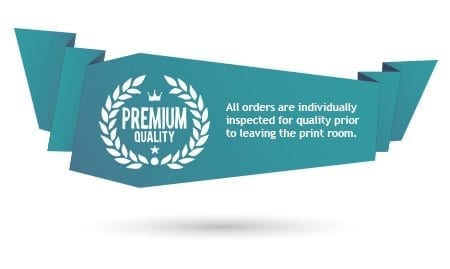
Once you approve the PDF proof we send you via the email address you registered, we’ll aim to print and dispatch your custom cosmetic label order within 3-5 working days, unless otherwise stated on our homepage during busy periods.
We send out all orders via DPD so that you can rest assured your delivery is on time. On the day of your delivery you will receive a text notification to your mobile phone and also an email that will notify you of your 1 hour delivery window.
This is without doubt the best tracking service that we have ever used. We also ship worldwide, the cost of your international delivery will be calculated at the checkout.
Delivery
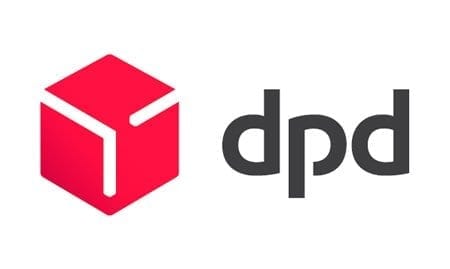
We dispatch all UK mainland orders on a next-day delivery service from the moment they have been produced. If you supply us with an email and mobile number, our courier will try to email you and send a text message with the appropriate pre-delivery notification data.
Legislation for cosmetic labels
Labelling your cosmetic products correctly is very important. There are European guides for what needs to appear on your labels that you should refer to. We have listed the most common kind of label requirements to help you produce your labels. We produce both vinyl labels and cost effective paper labels that many also use.
If you’re selling cosmetics to the public then you should make yourself aware of the laws. When selling on a commercial basis ignorance of the law is simply not accepted.
Labelling Requirements
Ingredients
All of your products will fall under the same category that requires a descriptive label of the contents included within. The label must not be able to fall off, so permanently stuck to your cosmetic containers and it should be easy to read for all. Putting tiny 3pt text is not acceptable.
Your label should include the following data:
- List of ingredients
- Name and address of manufacturer or supplier
- Date of minimum durability (“best before date”) or a “Period After Opening” (PAO)
- Warning statements and precautionary advice
- Batch number or lot code
- Product function (when appropriate if use is not obvious)
- The amount of contents (weight or volume)
First off, there should be a heading marked “Ingredients”. The ingredients of the cosmetic product should be included on the outer packaging, but if there is no outer packaging it should appear on the main container.
The ingredients should be in an ordered fashion, with the top title ingredients being listed first. Ingredients should be listed in order of weight, with concentrations less than 1% in any order after the main ingredients.
Clarity is key when creating cosmetic label artwork
You’ll need to clarify the correct terminology for the ingredients, many chemicals share similar names and there needs to be a uniformity between brands.
The INCI (International Nomenclature for Cosmetics) lists the correct terminology on their website. This uniform content means that users don’t get confused and keeps ingredients easy to identify.
If you are producing certain cosmetics with ingredients such as “parfum or aroma” then you do not need to list the various individual ingredients for the perfume or flavour.
Ingredients colouring agents, shown by “CI” followed by it’s number can be listed at the bottom, beneath the other ingredients.
Products that come in multiple shades, must show the “+/-” symbol or the words “may contain” before the list of colours.
Ingredients of a nano proportion must include “(nano)” after the ingredient.
Name and Address
The name and address of the manufacturer or supplier is required on the primary container, plus it’s also required on any outer product packaging. This must include the country details if the country of origin is outside the EEA.
Product Durability
Any product in the cosmetic industry should include the usable lifespan of the product. This is either a best before date or a period after opening.
For the period after opening there is a specific logo that you can place on your labels that is internationally recognisable.
If the product has a lifespan of less than 30 months from the date of manufacturer, you must include a “best before” date or a “POA (Period after opening)” logo and date.
The POS logo is far more common as cosmetics generally last for a long time on the shelf unopened.
Date Markings
The date is defined is when the product no longer provides its intended function or no longer meets the safety requirements of the cosmetic regulations.
You can format the best before date in a few different ways. It’s often abbreviated to save on space. “Exp, Best Before End, BBE” are common references to the date. You can also use the Egg timer logo with the date beneath in Month/Year format.
PAO (Period after opening)
Once the product has been opened by the consumer for the first time, the product will have a certain usable shelf life before it’s unsafe to use or loses its useable properties.
To display this timeline, you use the ‘open pot’ logo with the months noted in the middle of the logo, on the pot. The number should be followed by “M” that defines months.
Warnings and Advice
Some products need special instructions and warnings. These might be messages about how to store or dispose of the product, or about the ingredients. Warnings such as “avoid eye contact” might be used on some cosmetics.
Batch Numbers
To keep a track on the history of a product a batch number is essential. This will usually reflect a date, department or other tracking based information. You should be able to track the batch by the number and have all the product history to hand.
Net Weight or Volume
This figure should reflect the weight or volume at the time of packaging. If you’re selling in the UK and Europe, you’ll need to include grams or millilitres. Other markets vary so make sure you check on your selling countries standards.
The EU requires the “e” icon followed by the weight or volume. “e” stands for Estimated which should be done in accordance with the average system of measures used in the EU.
Some items do not need the symbol, such as free items and samples less than 5g or 5ml.







